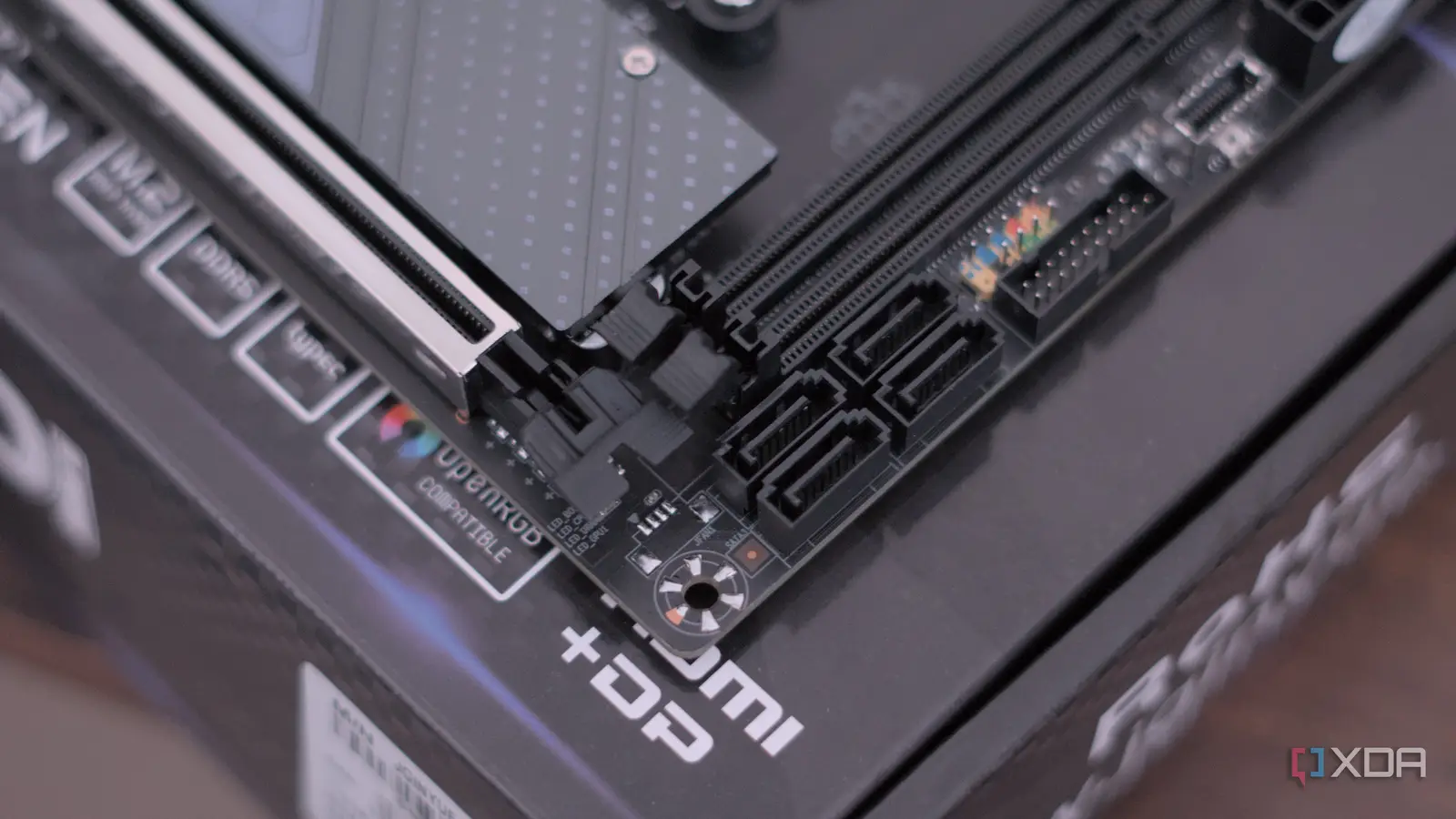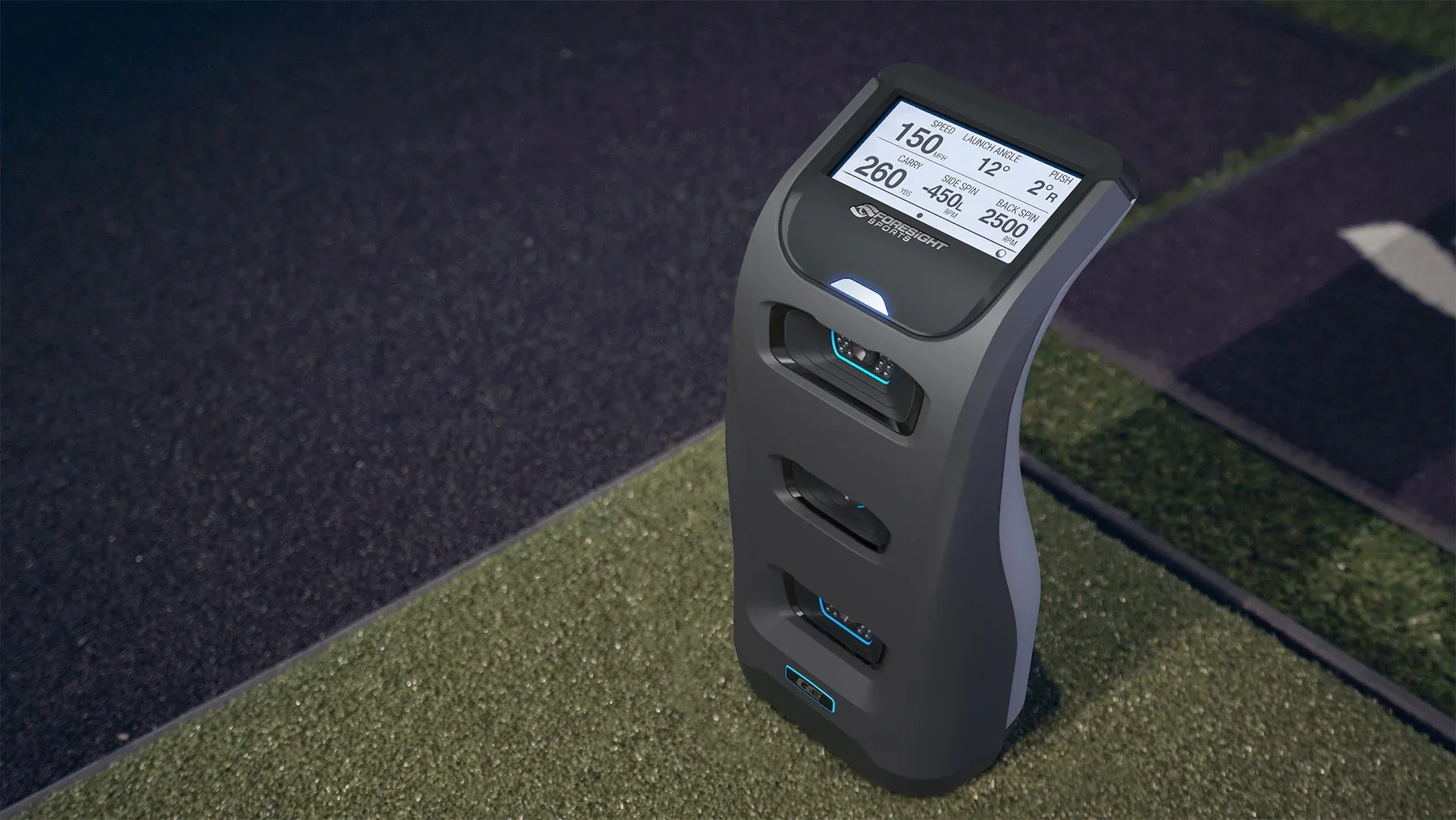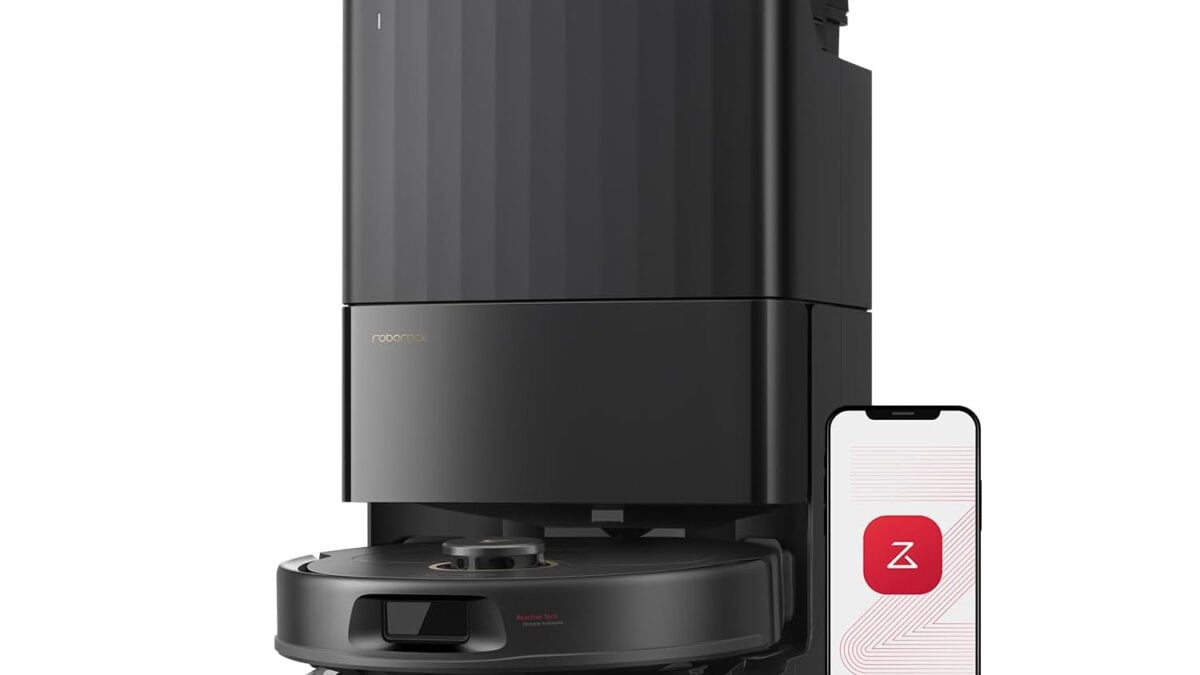Copyright XDA Developers

For over a decade, the SATA interface was the backbone of consumer PC storage. Before NVMe drives in M.2 slots became the new norm, every SSD, HDD and optical drive in your system used SATA to communicate with the rest of your computer. It had universal support, and beneath the unassuming spec came a pretty cool feature that I barely saw anyone use. SATA port multiplexers are super neat, and I wish it caught on a bit more. What are port multiplexers? More SATA than one could ask for If you've ever used a USB hub, you understand the concept of a SATA port multiplexer. These would take one SATA port and split them into multiple ports, usually four or more. Under the hood, it works through command-based or FIS-based switching, which are both ways of letting the host controller talk to multiple drives without confusing which is which. If SATA had a built-in version of daisy-chaining, without all the extra cables and complexity, this would be it. Port multiplexers weren't just theroetical, either; Marvell, Silicon Image, and JMicron all made SATA port multiplier chips that found their way into backplanes, hot-swap bays, and small NAS enclosures. In some home setups, you could run a five-bay hard-drive cage from a single SATA connection, and it would show up as individual drives, as if they all had their own dedicated connection. For small-form-factor PCs and home servers, it was a really cool technology that I wish made it into more things. The appeal is obvious More ports means crazy scalability The obvious appeal was expandability. You could turn one SATA port into five without needing to occupy a PCIe slot or buy an expensive HBA card. Multiplexers were sometimes added onto PCIe cards so that more ports could be added, but you could also just use the ports on the motherboard itself. For anyone running out of SATA headers, especially on older or budget motherboards, this could've been a huge win. It also made expanding storage with compact builds a bit more viable. You could put multiple drives into a Mini-ITX NAS or backup rig without worrying about how many SATA ports your board actually had. Some implementations were surprisingly advanced. Certain controller and chipset combos supported full SMART data passthrough, hot-swap, and even basic RAID modes through the host’s AHCI interface. It wasn’t enterprise-grade, but it worked well enough for home use. These multiplexers were also quite inexpensive, usually priced at under $30. There was a reason they were unpopular Most people didn't need them, or couldn't use them Port multiplexers never really took off because of compatibility and applicability. Not every SATA controller supported port multipliers, and even when they did, it wasn’t always stable. Intel’s consumer chipsets were infamous for ignoring the feature almost entirely, so if you were using an Intel-based motherboard (which most people were at the time), the port multiplier simply wouldn’t work. You’d plug it in, and the system would only see the first drive if it saw anything at all. Even with compatible hardware, performance wasn’t great. All the drives shared the same 6 Gbps SATA link, meaning you were effectively splitting bandwidth between however many disks were connected. Copying between drives on the same multiplier was quite slow, and simultaneous access could choke the controller. It's nothing like how NVMe drives share PCIe lanes now. There was also the potential for data loss, wherein if one drive plugged into a multiplexer failed, the data on another drive could become inaccessible. This didn't always happen, but it was replicable enough across brands that it was noteworthy. SATA is slowly starting to take a backseat in consumer PCs It's still worth keeping around, but it's not a primary interface Today, SATA’s role in PC building is shrinking fast as NVMe drives in M.2 slots have largely replaced it as the default for system storage, offering better speed, simpler cabling, and a far cleaner build aesthetic. Even for bulk storage, many are turning to QLC DRAM-less SSDs over spinning platters when it comes to adding more storage inside the chassis. Motherboards used to have up to 10 dedicated SATA ports, and now, you'll usually find 6 or fewer, with some even having cut down bandwidth if M.2 slots are occupied. Of course, SATA drives still have a ton of utility; you can't overlook them as the de facto choice for a NAS or any kind of cold storage. The reality is, though, that SATA has become second fiddle to a much faster standard, and as a result, there's really no great reason to use port multiplexers today. An unsung feature that deserved better



